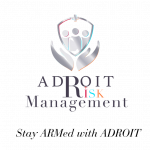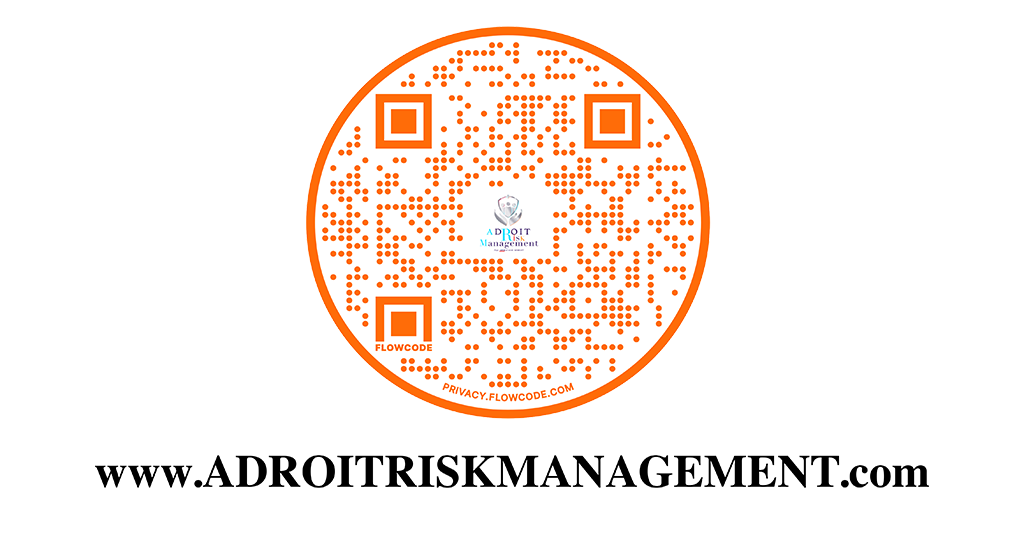
VENDOR SUPPORT
Working with third-party vendors can provide specialized expertise and resources that may not be available internally. Access to expertise in developing and implementing REMS programs, specialized tools or software that is necessary to execute effective patient safety activities.
Key to successful partnership is carefully selecting and managing third-party vendors. Third-party vendor management can help to improve efficiency. By outsourcing certain tasks to third-party vendors, pharmaceutical companies can free up internal resources to focus on other activities. This can help to improve efficiency and reduce costs for operations. It is critical to ensure that these vendors are capable of meeting the REMS patient safety requirements, compliantly. Proper vendor management can help to protect patients from harm and reduce the risk of unintended consequences like medication errors.
The FDA expects pharmaceutical companies to have a process for managing third-party vendors that are involved in REMS and patient safety activities.
This process should include steps for:
- Selecting vendors that have the necessary expertise and resources.
- Negotiating contracts that clearly define the roles and responsibilities of both parties.
- Monitoring vendor performance to ensure that they are meeting the REMS patient safety requirements.
- Taking corrective action if necessary.
There are a number of risks associated with third-party vendors, such as:
- Data security risks. Third-party vendors may have access to sensitive patient data, which could be compromised if the vendor's security measures are not adequate.
- Quality control risks. Third-party vendors may not have the same quality control standards as the pharmaceutical company, which could lead to the production of substandard products.
- Compliance risks. Third-party vendors may not be compliant with all applicable regulations, which could put the pharmaceutical company at risk of regulatory violations.
Some of the key elements of third-party vendor management for REMS patient safety requirements include:
- Performing due diligence on third-party vendors. This includes reviewing the vendor's security measures, quality control standards, and compliance history.
- Establishing clear contractual terms with third-party vendors. These terms should include requirements for data security, quality control, and compliance.
- Monitoring third-party vendors on an ongoing basis. This includes conducting audits and reviewing reports to ensure that the vendor is meeting its contractual obligations.
- Taking corrective action when necessary. If a third-party vendor is not meeting its contractual obligations, the pharmaceutical company should take corrective action.
By effectively managing third-party vendors, pharmaceutical companies can help to ensure that the risks associated with these vendors are mitigated and that patient safety measures are protected..

